Felipe Oliveira Baptista erects modular runway for A/W 2020 Kenzo debut
‘It was designed as a modular nomadic object,’ says creative director Felipe Oliveira Baptista of his debut A/W 2020 runway set design for Kenzo
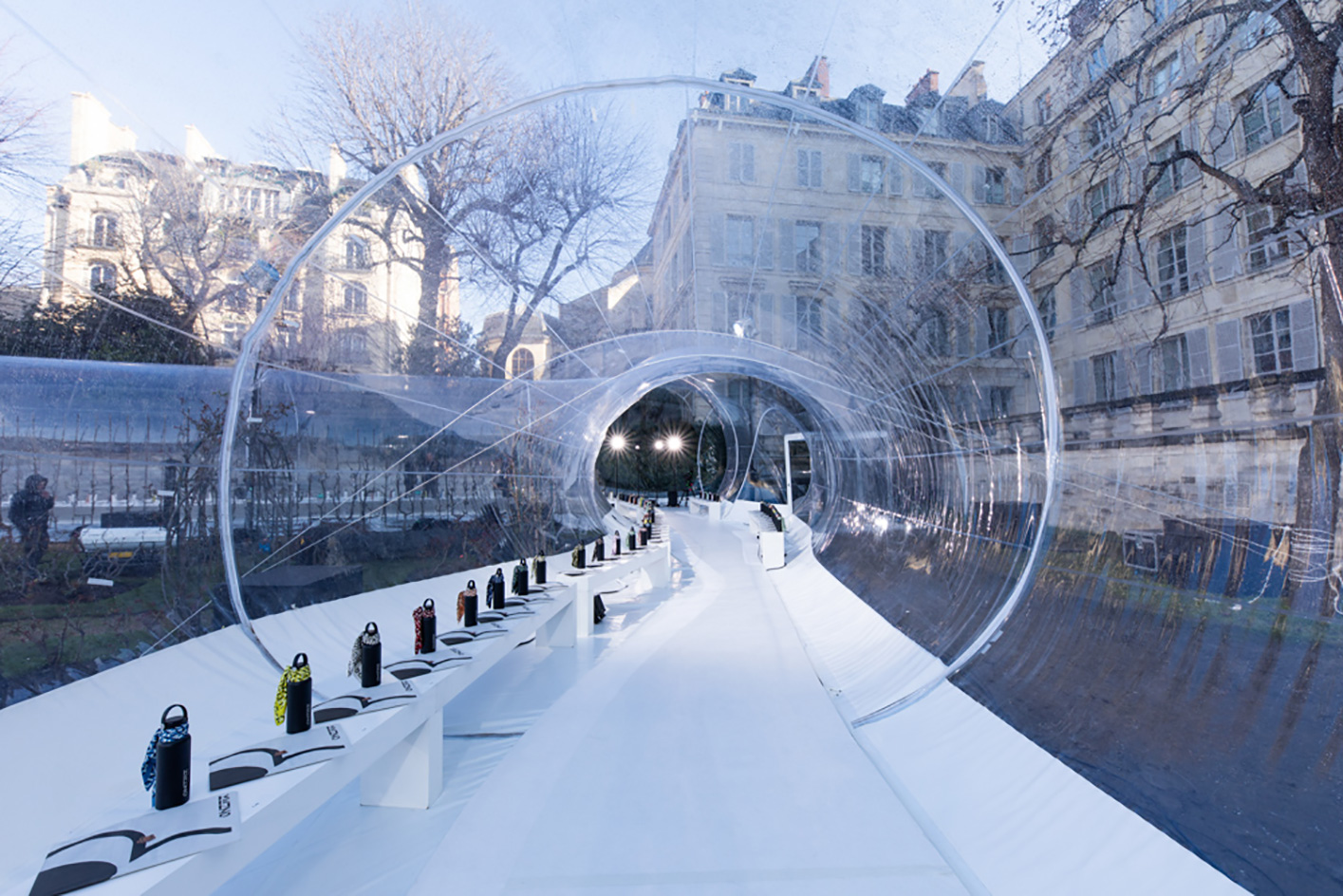
‘There are lots of flowers I’ve never seen in Tokyo, like anemones, mimosas and others whose names I don’t know. When I walk past a flower shop I feel very cheerful,’ Japanese designer Kenzo Takada wrote in a letter to his mother in 1965, a year after arriving in Paris via a month-long ocean voyage. The natural world has long been a motif of the house. When Takada opened his revolutionary boutique Jungle Jap in 1970, its walls were emblazoned with tropical murals inspired by Henri Rousseau’s The Dream (1910), and from its outset, the brand’s clothing has been festooned with floral forms.
For his debut A/W 2020 show as creative director of Kenzo, Felipe Oliveira Baptista (who served as creative director of Lacoste from 2010-2018), drew on Kenzo’s naturalistic heritage. On the grassy lawns that line the Institut National de Jeunes Sourds in Paris, Baptista erected a transparent tubular structure, formed from bisecting paths, lined with benches. ‘It was designed as a modular nomadic object,’ says the Azores-born Baptista.

Baptista was inspired by the cross-cultural heritage of the brand, which combined Japanese silhouettes like flat kimono shapes and bold hues with Parisian cuts, and his own border-spanning sartorial DNA. Just as Takada took emotive inspiration from South-East Asia, India, West Africa and Europe (areas he passed through on his journey to Paris), Baptista also looked to his own personal narratives, taking inspiration from summers spent as a child in the Azores and an image of his newlywed parents in Mozambique about to embark on a skydive.
For Baptista’s fellow nomads, the designer proposed an elegant yet utterly practical wardrobe: down jackets that transform into sleeping bags, dresses in cocooning shapes, utility belts, protective headgear and parkas that expand like wings. Naturalistic tones and patterns included a camouflage print, in fact formed from a Trompe-l'œil of roses and a series of painting dresses were emblazoned with expressionist tiger heads, taken from works by Portuguese artist Julio Pomar. These animalistic artworks wouldn't have looked out of place on the walls of the original Jungle Jap boutique in Galerie Vivienne.
Sustainable show set design has been an emphatic element of the A/W 2020 shows. In Milan, Gucci’s Alessandro Michele forgoed a physical invitation for a personal Whatsapp voice memo sent to each guest, while at Bottega Veneta, Daniel Lee swapped a hard copy invitation for an email animation. Additionally, instead of building an excessive show set, Lee simply projected scenes of a Palladium villa onto reusable fabric screens.
‘The set will be re-used in other forms at events in the coming seasons, such as pop-up stores or presentations,’ Baptista says of Kenzo's tubular show set. Produced in collaboration with Bureau Betak, the events agency announced yesterday its shift into eco-conscious production. It is the first significant company worldwide to receive ISO 20121 certification for sustainable event management. After all, Kenzo's future nomads need a natural world to wander through.
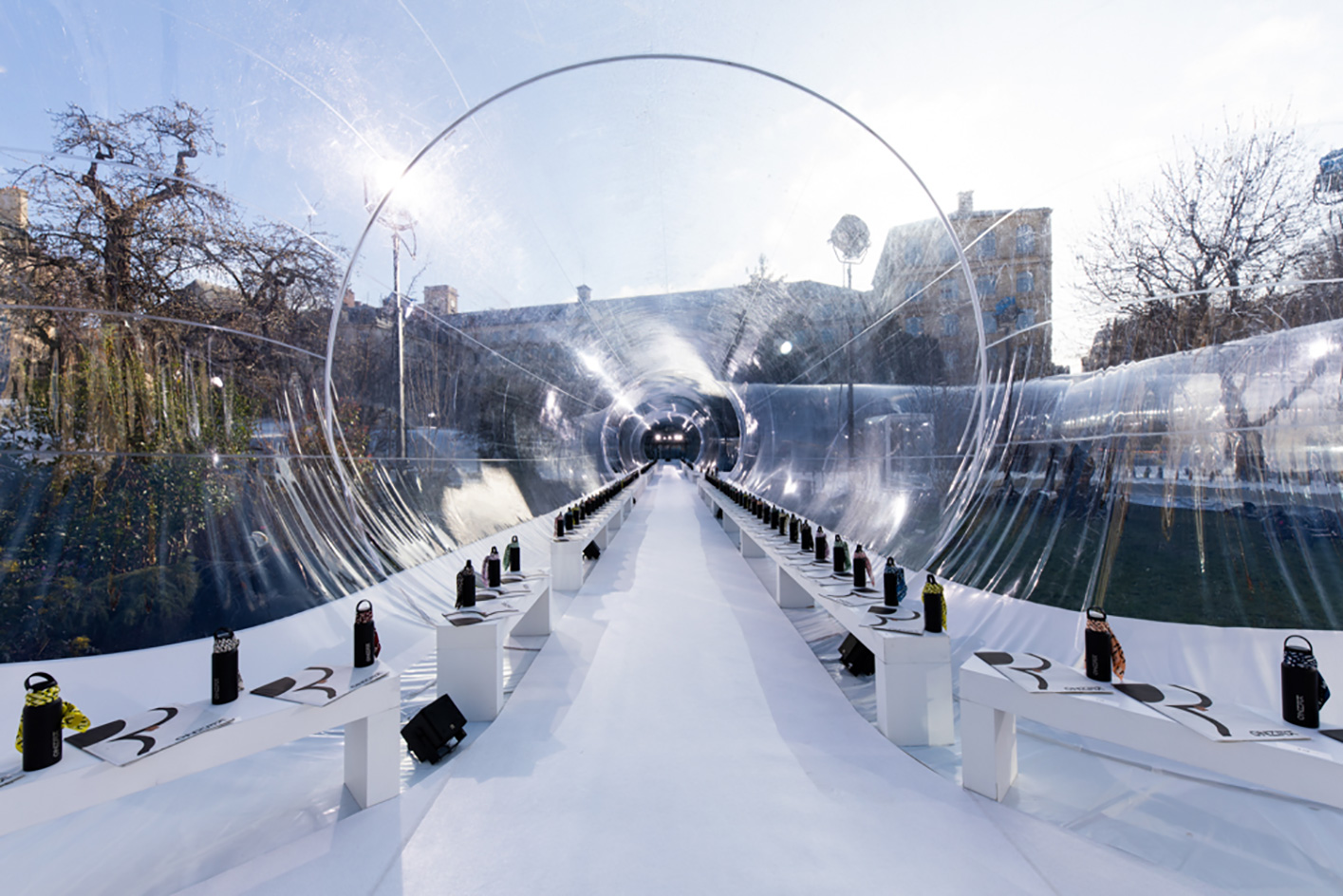
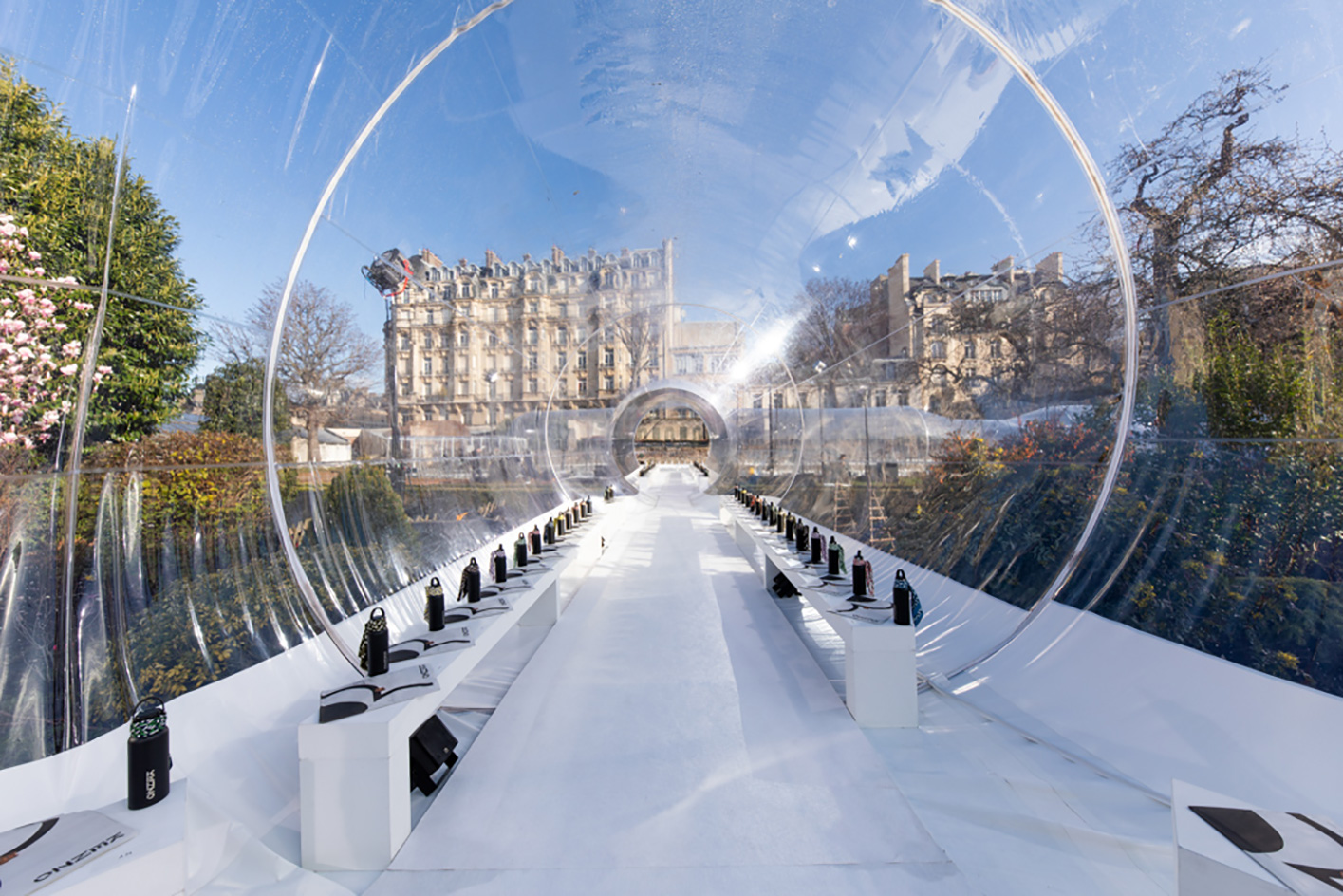
INFORMATION
Receive our daily digest of inspiration, escapism and design stories from around the world direct to your inbox.
-
 The Testament of Ann Lee brings the Shaker aesthetic to the big screen
The Testament of Ann Lee brings the Shaker aesthetic to the big screenDirected by Mona Fastvold and featuring Amanda Seyfried, The Testament of Ann Lee is a visual deep dive into Shaker culture
-
 Dive into Buccellati's rich artistic heritage in Shanghai
Dive into Buccellati's rich artistic heritage in Shanghai'The Prince of Goldsmiths: Buccellati Rediscovering the Classics' exhibition takes visitors on an immersive journey through a fascinating history
-
 Love jewellery? Now you can book a holiday to source rare gemstones
Love jewellery? Now you can book a holiday to source rare gemstonesHardy & Diamond, Gemstone Journeys debuts in Sri Lanka in April 2026, granting travellers access to the island’s artisanal gemstone mines, as well as the opportunity to source their perfect stone
-
 Scene-stealing runway sets from A/W 2022 menswear shows
Scene-stealing runway sets from A/W 2022 menswear showsA Kubrickian space odyssey at Prada; a recreation of the Pont Alexandre III in Paris at Dior; and colourful, artist-created flags at Loewe: explore the best runway sets from the A/W 2022 menswear shows
-
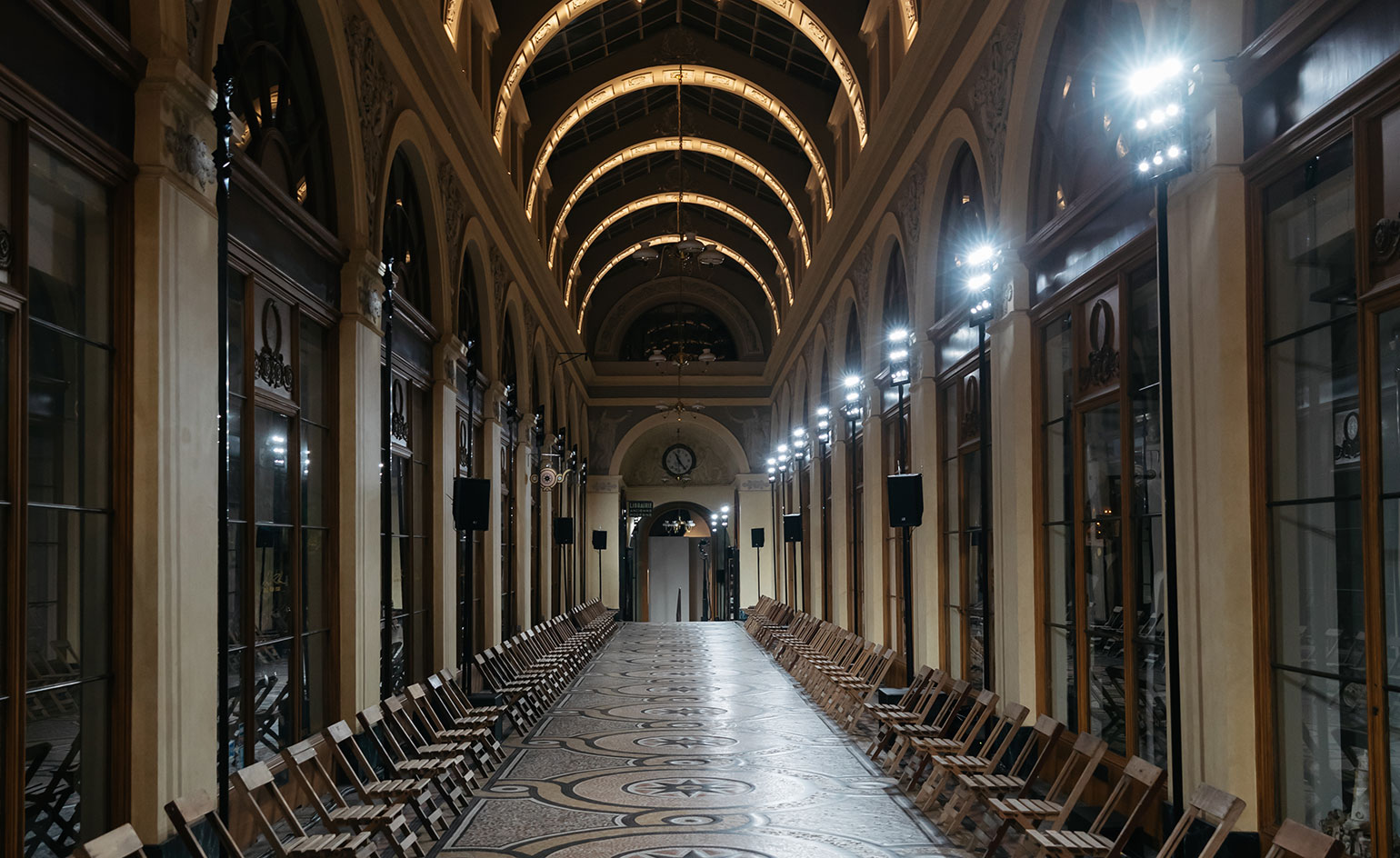 Kenzo returns to Galerie Vivienne for Nigo’s A/W 2022 show debut
Kenzo returns to Galerie Vivienne for Nigo’s A/W 2022 show debutFor his debut, A/W 2022 Kenzo show, the brand’s new creative director Nigo chose Paris’ Galerie Vivienne, the location of founder Kenzo Takada’s first boutique
-
 Scene-stealing runway sets from S/S 2022 womenswear shows
Scene-stealing runway sets from S/S 2022 womenswear showsFrom giant roulette wheels to Olympic diving boards and multi-city synchronized extravaganzas – our pick of the best fashion show sets from S/S 2022 womenswear
-
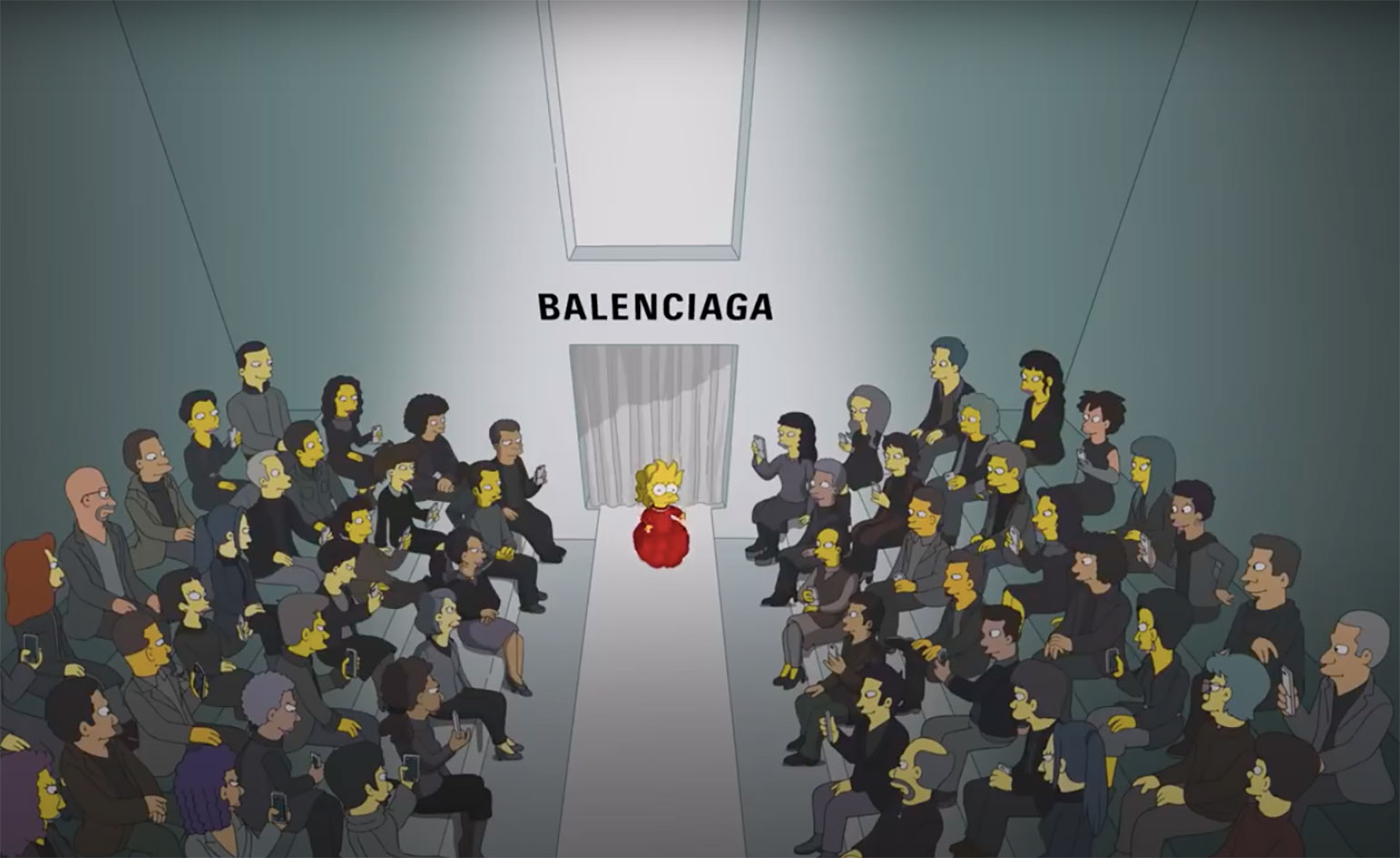 From The Simpsons to the European Parliament: best Balenciaga show sets
From The Simpsons to the European Parliament: best Balenciaga show sets‘Ay, caramba!' In celebration of The Simpsons-inspired Balenciaga S/S 2022 runway show, which saw the residents of Springfield descend onto the catwalks of Paris Fashion Week, we present the best recent fashion show sets from the Parisian maison
-
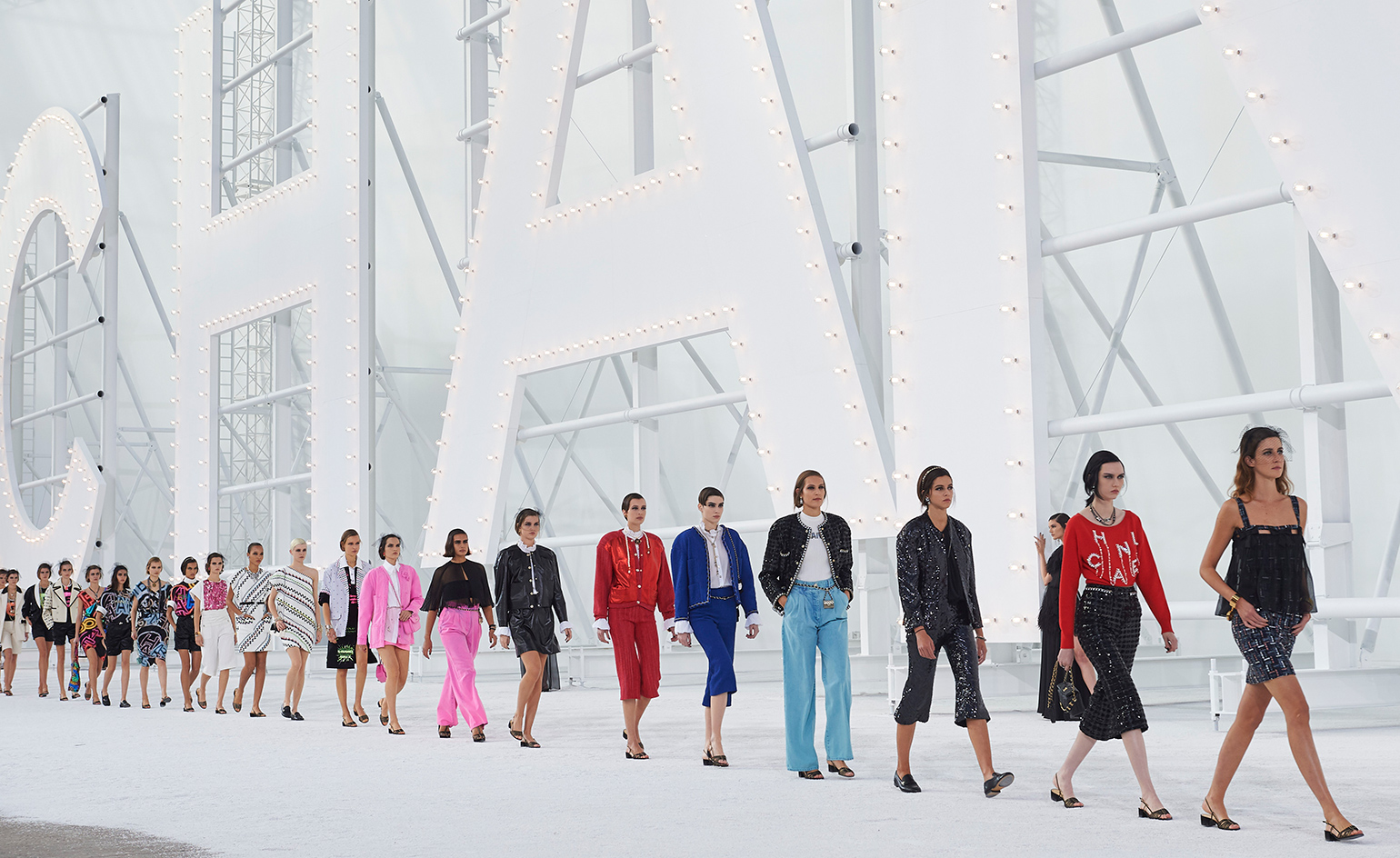 Walk this way: navigating S/S 2021's Paris Fashion Week
Walk this way: navigating S/S 2021's Paris Fashion WeekHow the City of Lights looked to the sartorial realities of our much changed lifestyles
-
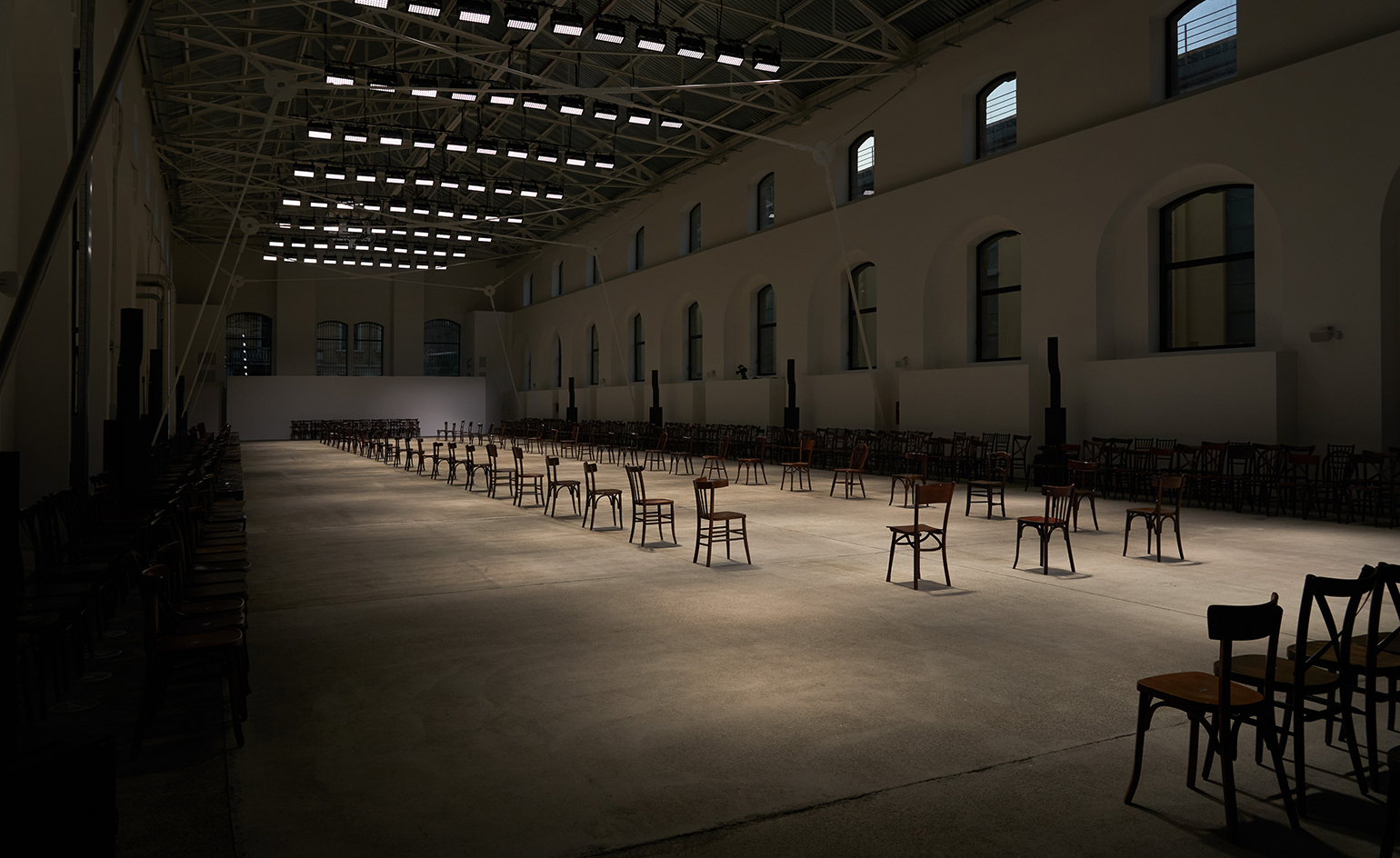 Jil Sander’s A/W 2020 show is set inside a refurbished thermo-electric station
Jil Sander’s A/W 2020 show is set inside a refurbished thermo-electric stationIndustrially inclined for autumn, the Meiers chose a recently refurbished former thermo-electric station, filled with mismatched vintage chairs
-
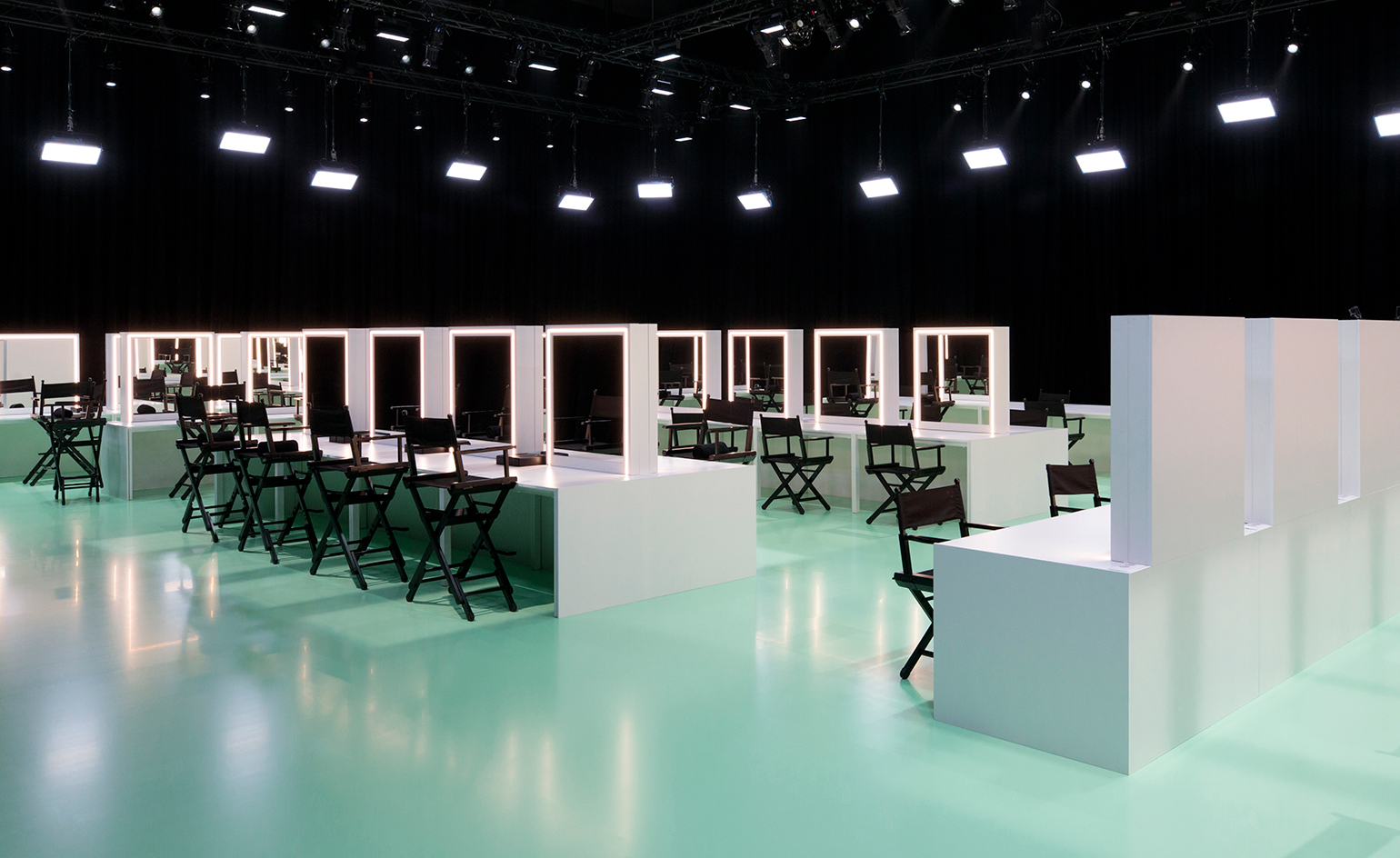 Alessandro Michele goes behind the scenes of Gucci’s A/W 2020 show
Alessandro Michele goes behind the scenes of Gucci’s A/W 2020 showCreative director Alessandro Michele invited the audience backstage for the Gucci A/W 2020 show in Milan, to explore the construction of the runway
-
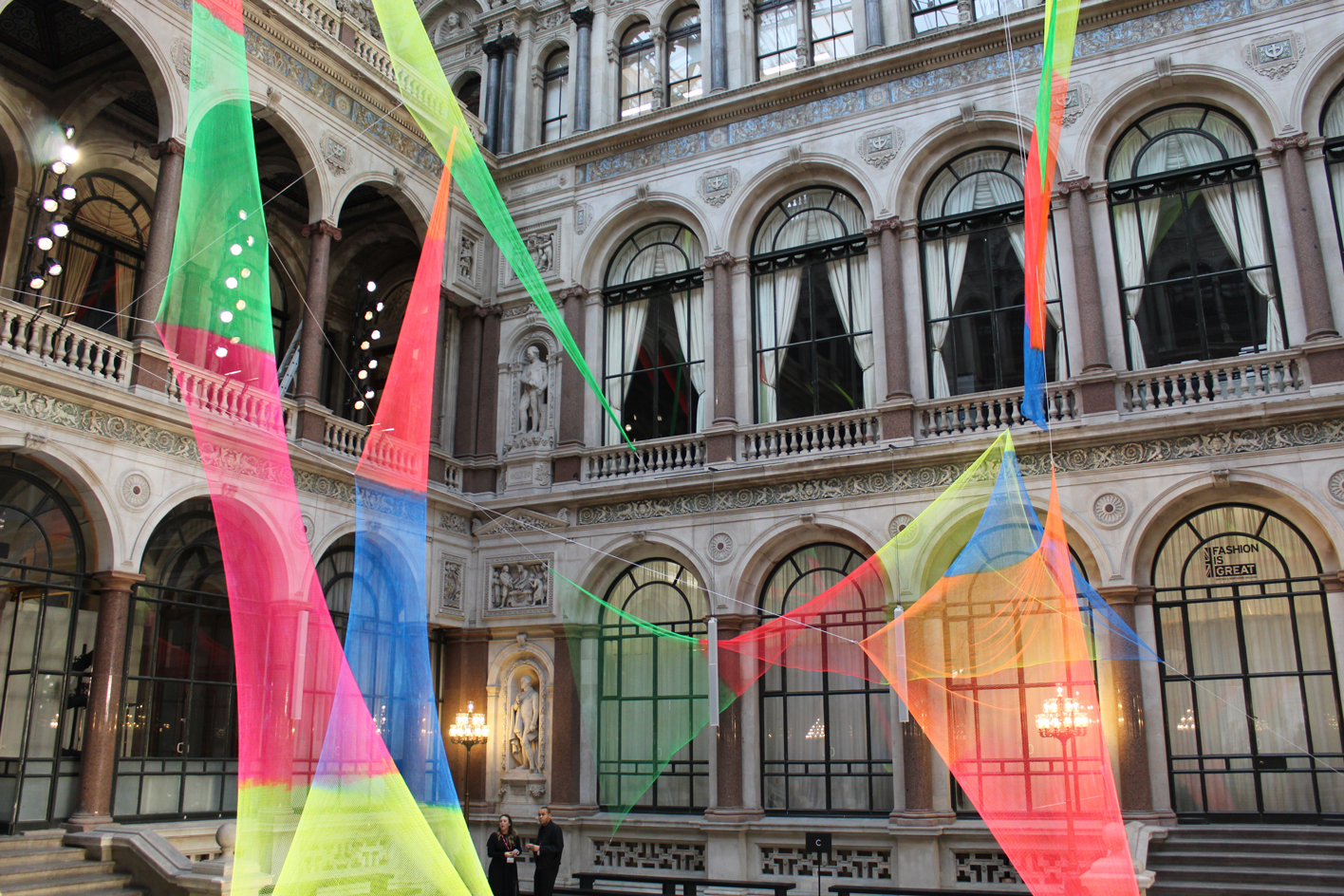 Sail away: Rana Begum creates fishing net installation for Roksanda
Sail away: Rana Begum creates fishing net installation for RoksandaRoksanda Ilinčić and Rana Begum have collaborated on a kaleidoscopic netted runway installation for the designer’s A/W 2020 show at London Fashion Week